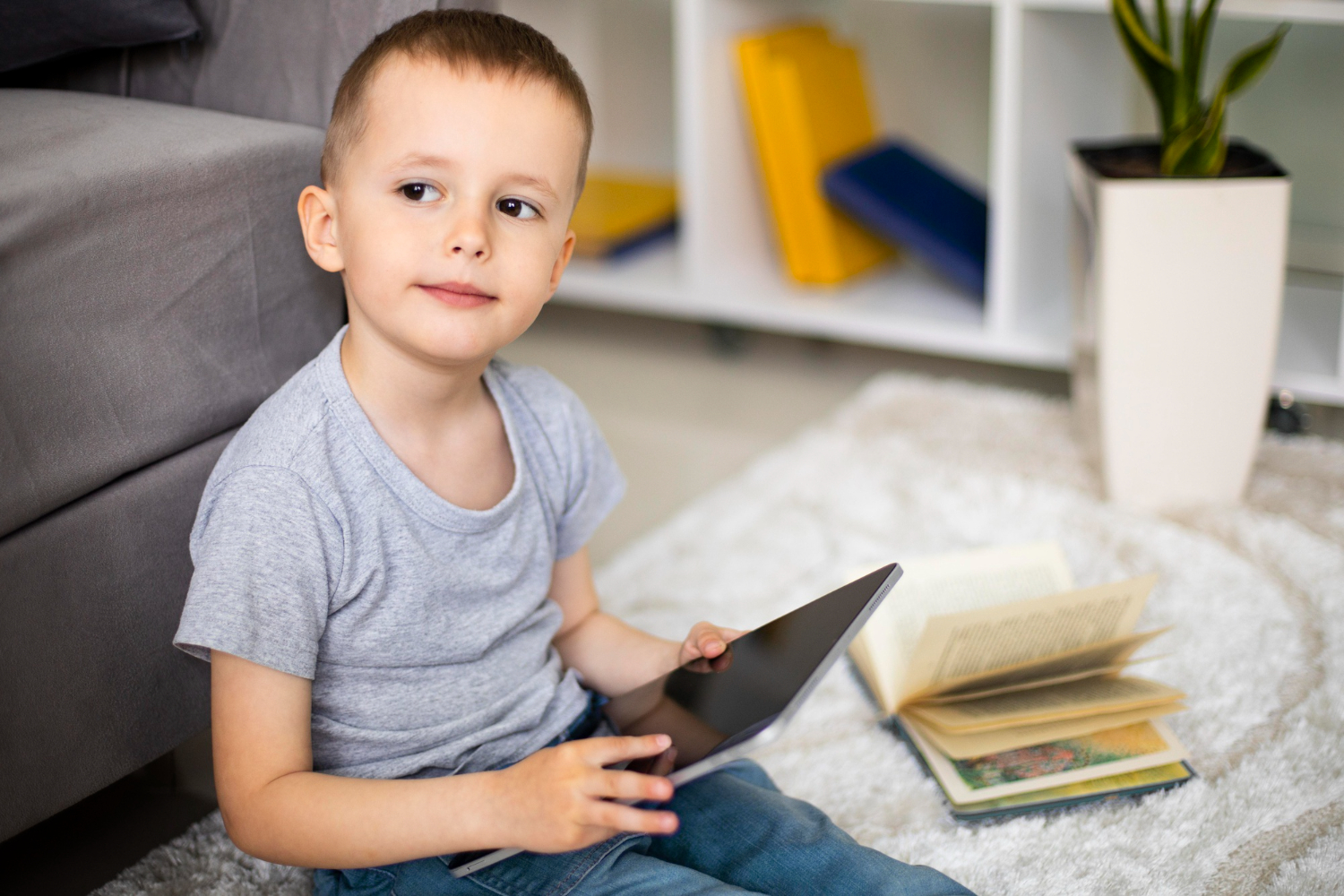The magical world of storytelling opens a gateway to learning, imagination, and emotional growth for kindergarten-aged children. The art of storytelling in kindergarten plays a pivotal role in early childhood education, offering a foundation that supports the development of literacy, critical thinking, and social skills. This exploration delves into how simple stories and educational narratives shape the minds and hearts of our youngest learners.
The Role of Storytelling in Kindergarten
Cultivating a Love for Reading Through Simple Stories
At the heart of early education, simple storiesserve as the first steps into the vast world of literature. These narratives, characterized by their straightforward plots and relatable characters, ignite curiosity and instill a lifelong love for reading. The charm of a simple storylies in its ability to engage young minds while subtly introducing them to the rhythm and structure of language.
Educational Stories: A Bridge to Learning
Educational stories go beyond entertainment, weaving lessons on math, science, and social studies into captivating tales. This genre of storytelling transforms abstract concepts into tangible experiences, making learning both enjoyable and memorable.
Through stories for kindergarten, children not only acquire knowledge but also learn to apply it in real-world contexts.
Enhancing Emotional Intelligence and Social Skills
The power of storytelling in kindergartenextends to the development of empathy and emotional intelligence. As children listen to stories about diverse characters and situations, they learn to understand and express their own emotions, as well as empathize with others. This emotional connectivity fosters social skills and prepares young learners for collaborative learning environments.
Fostering Creativity and Imagination
Storytelling opens the door to limitless imagination, encouraging children to envision worlds beyond their immediate surroundings. This creative exploration boosts cognitive development, problem- solving abilities, and innovative thinking. Educational stories and simple narrativesalike inspire children to dream big and think creatively.
Integrating Storytelling into the Kindergarten Curriculum
To maximize the benefits of storytelling, educators and parents can integrate various storytelling techniques into the daily routine. From read-aloud sessions and puppet shows to digital storytelling apps, diverse methods can cater to different learning styles, ensuring that every child finds joy and enrichment in stories.
Conclusion: Storytelling as the Heart of Kindergarten Learning
The impact of storytelling in kindergartenis profound and far- reaching. By harnessing the power of simple storiesand educational narratives, educators and parents can provide a rich, stimulating environment that nurtures young learners’ development in all aspects. As we continue to recognize the value of storytelling, we pave the way for a future where every child is equipped with the knowledge, empathy, and creativity to thrive.
